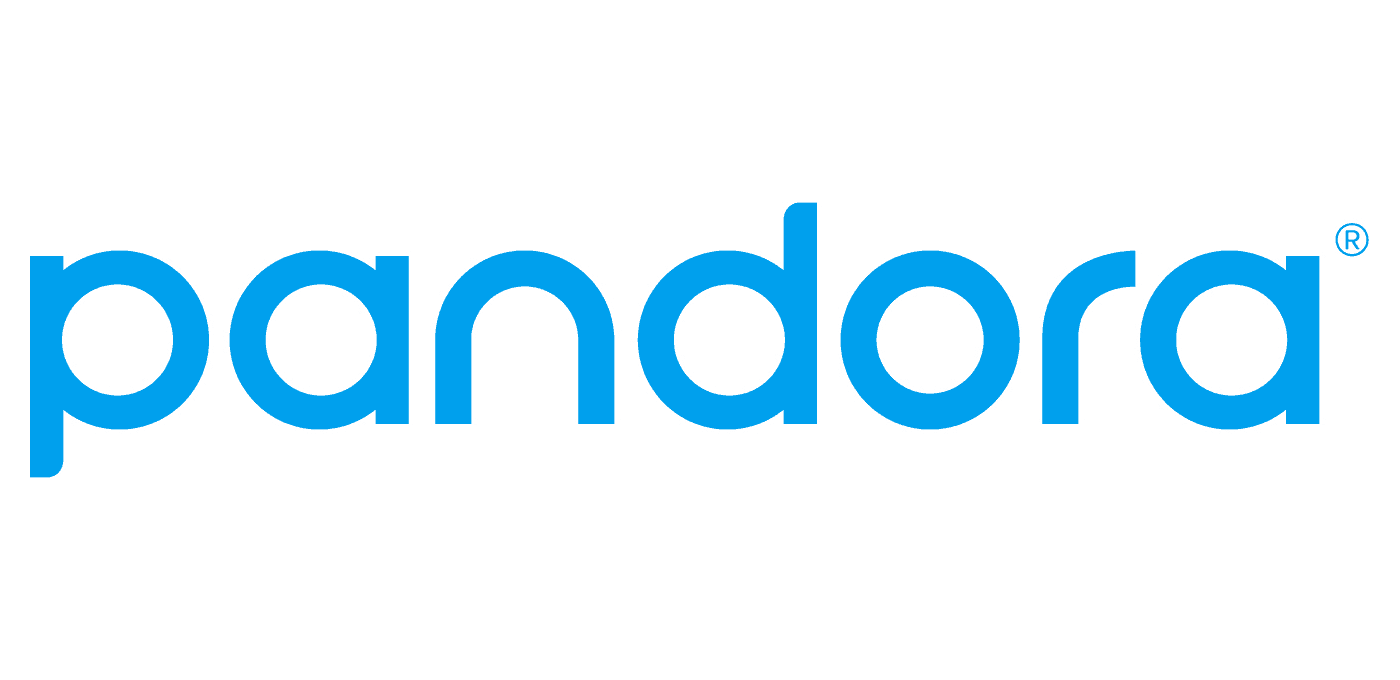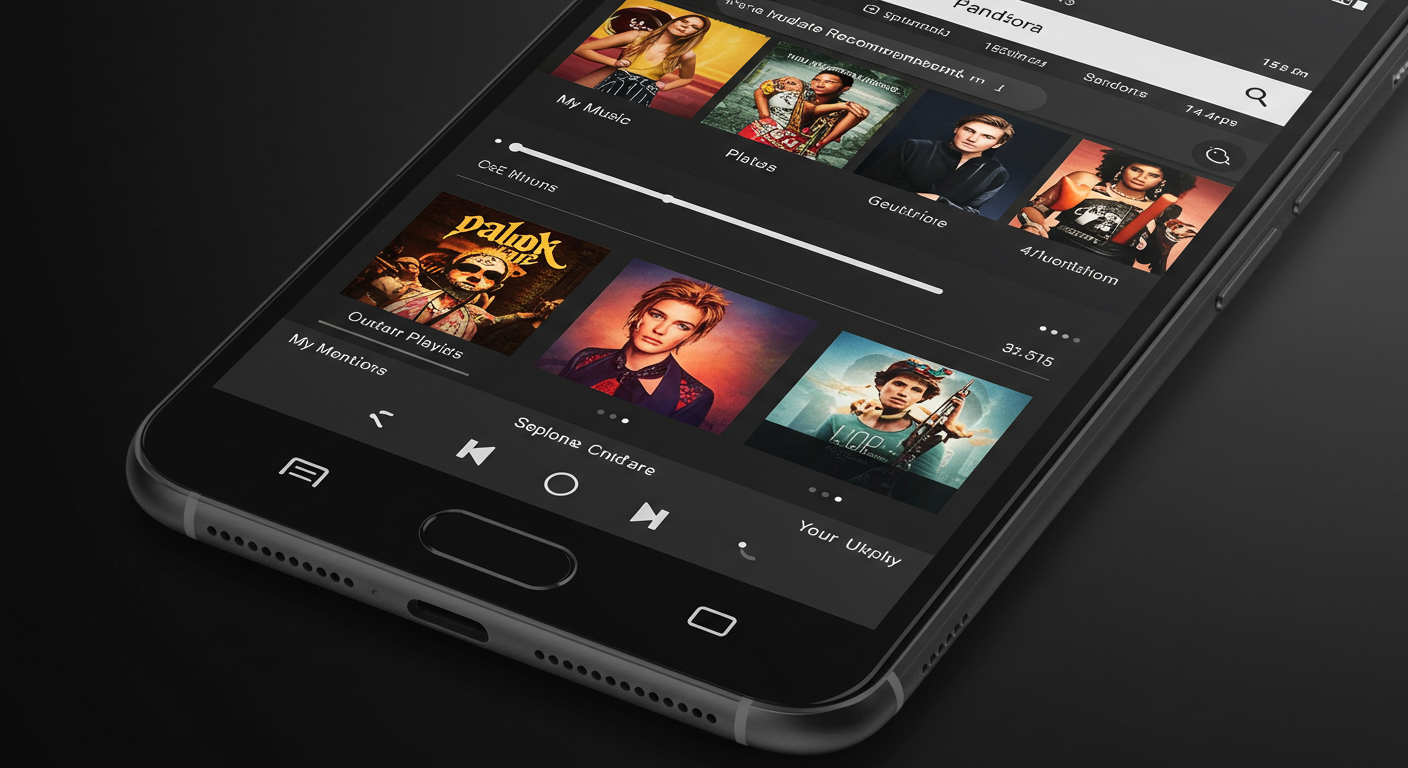Pandora App for Android
Architecture Observations
Codebase Structure:
Pandora App for Android employs a modular architecture typical of large-scale apps, likely using MVVM (Model-View-ViewModel) or MVI patterns for maintainability and separation of concerns. However, the app shows some legacy components that suggest partial migration from older MVC patterns or mixed architecture styles.
- Dependency Management:
Utilizes standard Android libraries (AndroidX, Jetpack components), but some third-party SDKs, such as ad libraries and analytics, add overhead, increasing APK size and startup time. - Networking & Streaming:
Efficient use of Retrofit/OkHttp for REST API calls. Streaming relies on ExoPlayer, a good choice for adaptive bitrate streaming, but buffering and network resilience can be improved. - Offline Caching:
Uses Room or SQLite for local data persistence; however, cache invalidation policies are not always consistent, leading to occasional stale content or slow refreshes. - Concurrency & Background Tasks:
WorkManager and Coroutines appear implemented, but could be optimized for battery efficiency and smoother UI responsiveness.
Performance Metrics
- App Size:
Slightly larger APK size (~40-50MB) compared to Spotify (~30MB) due to embedded ads and legacy resources. - Startup Time:
The average cold start time is around 3-4 seconds; warm start times are better but still not instant. - Memory Usage:
Moderate RAM footprint; occasional memory spikes observed during heavy playlist browsing or repeated streaming sessions. - Battery Consumption:
Higher than competitors due to constant background activity and network polling frequency.
2. User Interface Design and Navigation
UI Observations
- Material Design Compliance:
The app mostly follows Material Design 2 guidelines, but the transition to Material You (Material Design 3) is incomplete. UI elements feel somewhat dated, especially in key screens like the player and library. - Visual Consistency:
Some inconsistencies in typography, iconography, and button styles across different app sections diminish brand polish. - Color Scheme & Theming:
The default dark and light themes are available; dynamic color adaptation based on wallpaper (Material You) is missing.
Navigation & Flow
- Bottom Navigation Bar:
Present and fairly intuitive, but could improve by reducing overcrowding. Some icons lack a clear affordance. - User Flows:
The onboarding and music discovery flows are relatively straightforward but could benefit from more contextual hints and progressive disclosure for advanced features. - Search Experience:
Fast and responsive, but lacks advanced filtering and contextual suggestions compared to Spotify’s predictive search. - Player Screen:
Controls are functional, but the layout is cluttered. Album art interaction and gesture support (swipe to skip, drag to scrub) are less fluid. - Library & Playlists:
Management UI is basic, with limited customization and sorting options, leading to user frustration during extensive library curation.
3. Feature Set and Functionality
Strengths
- Personalized Stations & Playlists:
Strong AI-driven music personalization, leveraging Pandora’s Music Genome Project. - Thumbs Up/Down Feedback:
An effective explicit feedback loop to tune recommendations. - Podcast Integration:
Supports podcasts but lacks advanced discovery and playlist integration. - Offline Playback:
Available on premium tiers but with limited control over downloads. - Social Sharing:
Basic social sharing supported; lacks in-app community or collaborative playlist features.
Weaknesses
- Limited Cross-Device Sync:
Compared to Spotify Connect or Apple Handoff, Pandora’s cross-device playback sync is limited. - Sparse Interactive Features:
No in-app lyrics, real-time song info, or artist insights. - Ad Experience:
Ads are intrusive and disrupt user engagement, with no clear frequency capping or personalization. - Voice Control:
Basic voice commands are supported, but it lacks deep integration with Google Assistant or custom voice shortcuts.
4. Potential Areas for Technological and Design Optimization
Technical Improvements
- Architecture Modernization:
Complete migration to MVVM with Kotlin Coroutines and Flow for reactive programming; adopt Jetpack Compose for UI to improve maintainability and performance. - Performance Optimization:
- Implement on-demand resource loading to reduce startup times.
- Optimize ExoPlayer configuration for better buffering and adaptive streaming.
- Introduce more aggressive caching strategies with cache validation.
- Reduce unnecessary background network calls via smarter WorkManager scheduling.
- Battery Optimization:
Utilize Android’s Battery Historian tools to identify wake locks and optimize background tasks, possibly adopting foreground service judiciously for uninterrupted playback. - APK Size Reduction:
Use Android App Bundles with dynamic feature modules to split the app and minimize base download size.
UX/UI Enhancements
- Material You Adoption:
Fully implement Material You dynamic theming and updated components for a modern look. - Navigation Simplification:
Revise the bottom navigation to prioritize key features and introduce contextual FAB (Floating Action Button) actions. - Player Screen Revamp:
Redesign with gesture support, larger tap targets, and immersive album art. Include real-time lyrics and enhanced playback controls. - Search & Discovery:
Add predictive search, better filters, and integrate voice search using Google Assistant APIs. - Library Management:
Introduce enhanced playlist sorting, drag-and-drop reordering, and folder/grouping support. - Ad Experience Improvement:
Optimize ad frequency and implement personalization to reduce disruption.
Competitive Advantages and Recommendations
Against Spotify and Apple Music
- Unique Strength:
Pandora’s Music Genome Project offers arguably superior personalized stations for casual listeners compared to Spotify’s algorithmic playlists. - Opportunity:
Enhance the personalization UI to make recommendations more transparent and engaging.
Integrate social features to build a community around music tastes, similar to Spotify’s collaborative playlists. - Feature Gap:
Closing the gap in cross-device syncing and voice assistant integration is critical to compete effectively. - UX Differentiation:
Leverage Pandora’s curated station expertise with a sleek, modern UI and superior offline playback controls to attract power users.
Summary of Recommendations
| Area | Recommendation | Implementation Strategy |
| Architecture | Full MVVM + Kotlin Coroutines + Jetpack Compose | Incremental migration, rewrite critical screens |
| Performance | Optimize streaming & caching, reduce app size | Profile with Android Profiler, modularize the APK |
| UI Design | Adopt Material You, unify typography/icons | UI overhaul with design system |
| Navigation | Simplify the bottom bar, enhance discoverability | User testing + A/B testing for new flows |
| Player UX | Gesture support, lyrics integration | Use ExoPlayer extensions and integrate the Musixmatch API |
| Search | Predictive & voice-enabled search | Use ML Kit, Google Assistant integration |
| Library | Advanced sorting & playlist management | Add drag-and-drop, grouping features |
| Ads | Personalized & frequency-capped ads | Use user data for targeted ads, limit ad density |
| Cross-Device Sync | Enable seamless playback across devices | Develop sync backend + integrate with Google Cast |
| Social Features | Collaborative playlists, user communities | Build an in-app social platform |
App Architecture & Performance
Strengths
- Personalized Radio Engine: Pandora’s Music Genome Project remains a standout feature, delivering highly tailored radio stations based on user preferences.
- Voice Mode Integration: The app supports hands-free control with commands like “Hey Pandora, play something cozy,” enhancing accessibility.
- Broad Device Compatibility: Pandora integrates with various platforms, including Android Auto, Google Home, Amazon Alexa, and smart TVs, offering users flexibility in listening options.
Weaknesses
- App Stability Issues: Users report frequent app freezes and unresponsive behavior, particularly when interacting with playback controls.
- Casting Reliability: Casting to devices like Google Home and Chromecast often results in disconnections or failure to initiate playback, affecting the seamlessness of the listening experience.
- Performance Lag: The app exhibits sluggish behavior, especially when adding new stations or content, which detracts from user satisfaction.
2. User Interface Design & Navigation
Strengths
- Simplicity in Design: Pandora’s interface is clean and user-friendly, with intuitive navigation tabs like “For You,” “My Collection,” “Find,” and “Profile.”
- Now Playing Screen: Provides essential information such as album art, track details, and interactive options like thumbs up/down, enhancing user engagement.
- Weaknesses
- Redundant Navigation Elements: The presence of multiple windows with similar functionalities (e.g., song page and Now Playing) leads to a cluttered experience.
- Limited Customization: Users have a restricted ability to create and manage playlists, relying heavily on the algorithm for music selection.
- Inconsistent UI Across Platforms: Disparities between mobile, web, and desktop interfaces can confuse users and hinder a cohesive experience.
3. Feature Set & Functionality
Strengths
- Personalized Recommendations: The Music Genome Project offers tailored music suggestions, enhancing discovery.
- Voice Control: Hands-free commands improve accessibility and user convenience.
Weaknesses
- Limited Offline Playback: Offline listening is restricted and less intuitive compared to competitors like Spotify.
- Social Features: Pandora’s social sharing capabilities are minimal, lacking collaborative playlists and real-time sharing options.
- Customization Constraints: Users cannot extensively customize stations or playlists, limiting personalization.
4. Areas for Technological & Design Optimization
Technical Recommendations
- Enhance App Stability: Address reported bugs causing app freezes and playback issues, ensuring smoother performance.
- Improve Casting Functionality: Resolve issues related to casting to external devices to provide a seamless multi-device experience.
- Optimize Performance: Reduce app lag, particularly when adding new content, to enhance responsiveness.
Design Recommendations
- Streamline Navigation: Consolidate redundant UI elements to simplify user interaction and reduce confusion.
- Enhance Customization: Allow users greater control over playlist creation and station management to increase engagement.
- Expand Social Features: Introduce collaborative playlists and real-time sharing options to foster community and user interaction.
5. Competitive Advantages
- Superior Personalization: Pandora’s Music Genome Project offers more nuanced music recommendations compared to Spotify and Apple Music.
- Voice Mode: The integration of voice commands provides a hands-free experience, not as prominently featured in competitors.
While Pandora’s Android app excels in personalized music recommendations and offers a clean interface, it faces challenges in app stability, casting functionality, and user customization. Addressing these issues through technical enhancements and UI/UX redesigns will not only improve user satisfaction but also strengthen Pandora’s position in the competitive music streaming market



Leave a Comment